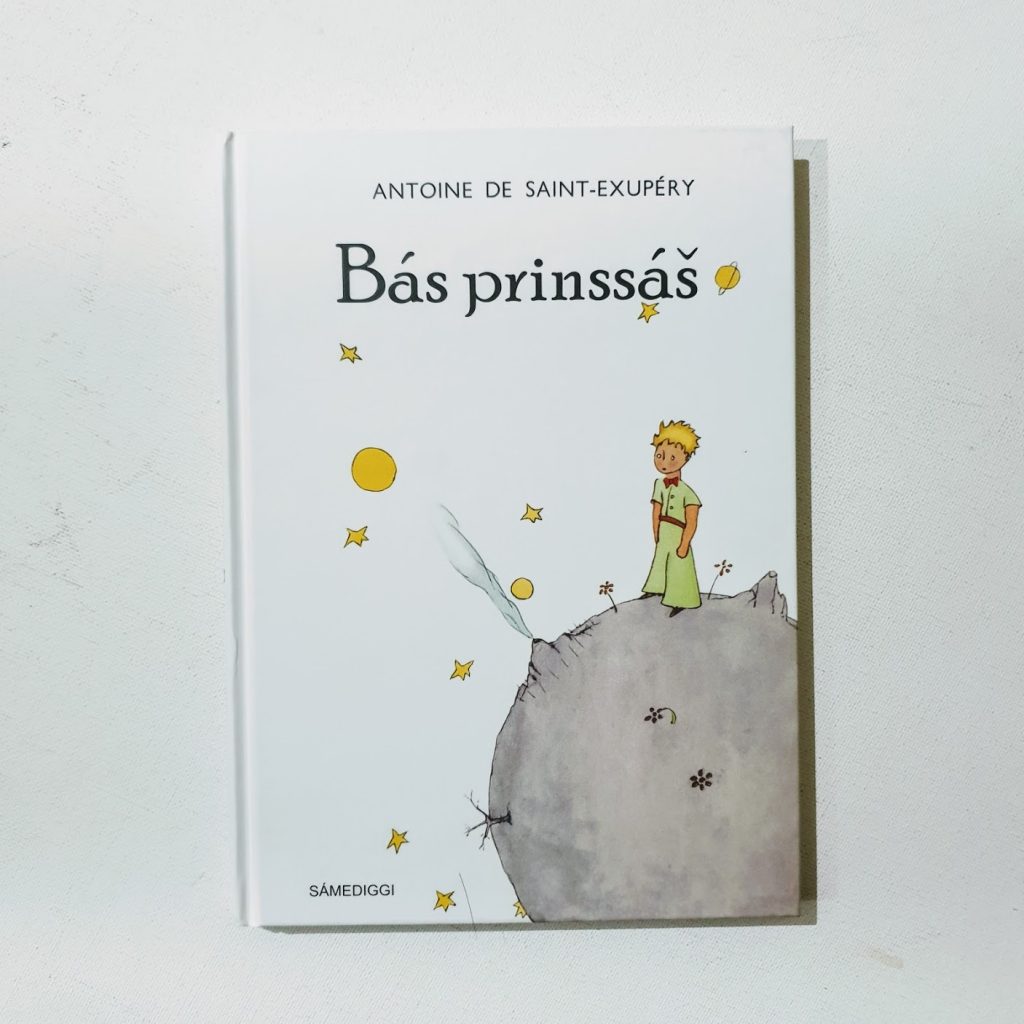
Bás Prinssáš — in Northern Sami language.
The Northern Sami language, often simply referred to as Sami, is the most widely spoken of the Sami languages, which are part of the Uralic language family that includes Finnish, Hungarian, and Estonian among others. Northern Sami is spoken by the Sami people in the northern parts of Norway, Sweden, and Finland, as well as in parts of Russia, specifically the Kola Peninsula. It is one of several Sami languages, but it has the largest number of speakers, making it the most prominent of the Sami languages.
Northern Sami has a rich phonetic inventory, including three additional vowels compared to Norwegian, Swedish, and Finnish, which are not found in many other languages. It features a palatalised series of sounds, much like in Russian, and employs pitch accent similar to Norwegian and Swedish.
The grammar of Northern Sami is agglutinative, meaning that it forms words and expresses grammatical relationships through the addition of various suffixes. It features noun cases, including nominative, genitive, accusative, locative, comitative, and essive, affecting both nouns and adjectives. Verbs are inflected for person, number, tense, mood, and voice.
The vocabulary of Northern Sami is primarily Uralic in origin, with significant loanwords from Scandinavian languages due to historical contact. It also includes terminology specific to the Arctic environment and Sami culture, particularly related to reindeer herding, fishing, and traditional crafts.
Writing System
Northern Sami uses the Latin alphabet with the addition of special characters to represent sounds unique to the language. The standard orthography for Northern Sami was established in the 1970s, facilitating a more unified written form across the different countries where the language is spoken.
Northern Sami has some degree of official status in Norway, Sweden, and Finland, with specific rights for education and media in the language. Norway, for instance, has Sami language administrative areas where Northern Sami is used in official contexts alongside Norwegian. There are educational resources, literature, and media available in Northern Sami, including newspapers, radio, and television programs. Efforts are ongoing to expand these resources and to support language learning from early childhood through university level.


